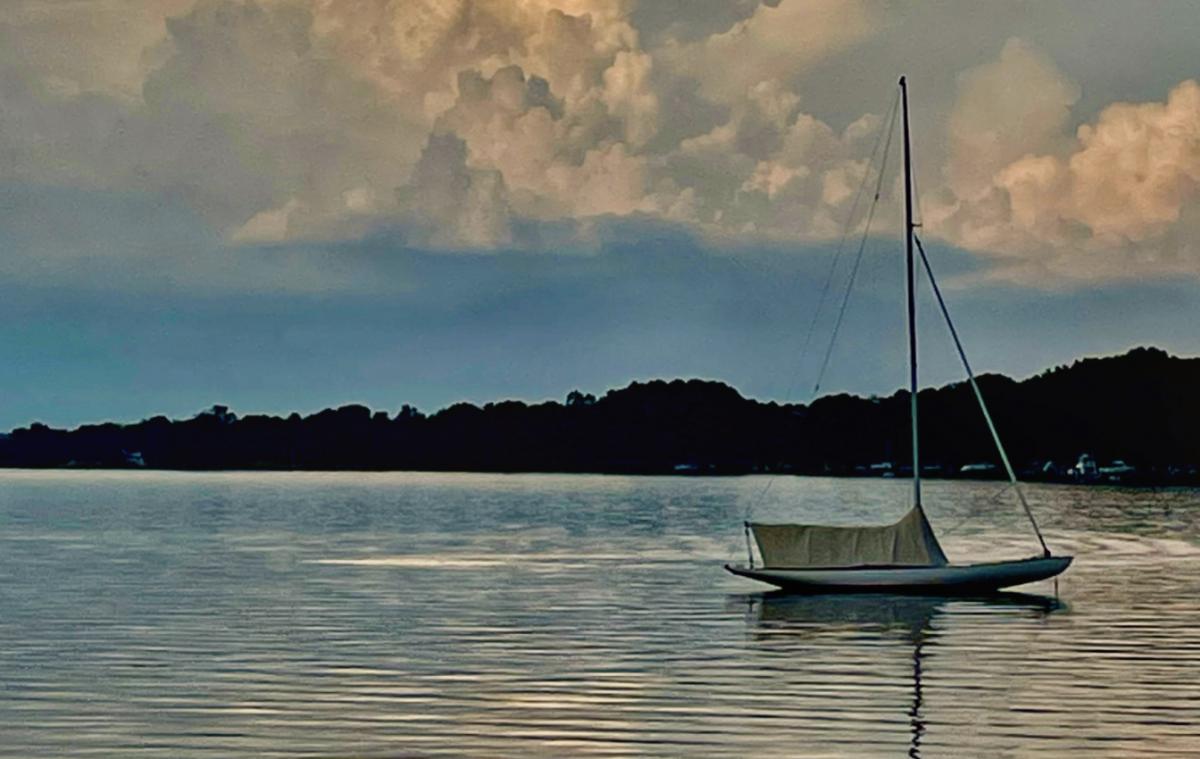 We’ve been through a sweltering week or two and now it appears that the remnants of Hurricane Ida are going to pay us a brief but very wet visit. These days, there’s rarely a dull weather moment in this climate-changing world.
We’ve been through a sweltering week or two and now it appears that the remnants of Hurricane Ida are going to pay us a brief but very wet visit. These days, there’s rarely a dull weather moment in this climate-changing world.
Some folk prefer images of a lovely sunrise or sunset; others are drawn to the arc of a rainbow or a moody, threatening sky. But when I look to the heavens, it’s cloud forms that always seem to mesmerize me. It’s not the science of clouds that captures my imagination: after all, a cloud is nothing more than an aerosol spray, a visible mix of minute water droplets, frozen crystals, and maybe a few dust particles suspended in the atmosphere. But even that explanation falls short because it doesn’t begin to account for the play of light within a cloud, or the variety of its hues, or the fantastic shapes that gather above us from time-to-time. I prefer a more imaginative, more artistic point of view—clouds as stereograms: pictures hidden within pictures.
I imagine it’s a universal childhood experience: lying in the grass, looking up at the sky, looking for some hidden image—a witch or a camel—within a bank of clouds. Not only did I love to find those hidden images, but I would also spend the next ten minutes drifting with them, watching them transform into something new and different: the bunny rabbit that became a marshmallow man, or the sailboat that suddenly turned into an octopus. A child’s imagination is like a cloud: it knows no bounds, that is until it’s cut short by some dull-witted adult who says, “Uh-oh; looks like it’s going to rain.” That’s a sure buzz kill!
There’s another element to the life of clouds: they provide dimension in an otherwise flat world. Baseball players know how difficult it is to track a fly ball in a cloudless “high sky.” There’s no ceiling, no point of comparison, no contrast. It’s easy to lose a baseball in the ether, just like it’s easy to become lost when there are no road signs to point the way.
On a steamy night last week, a few good friends gathered on a riverside dock to catch the evening breeze and share a cool drink. (There’s hasn’t been enough of either these days.) On the far side of the river, the setting sun used a towering cumulus cloud as a canvas, working an explosion of colors into the gossamer fabric of its shifting shapes. Out on the water, a graceful little sailboat—a Watch Hill-15—swung peacefully on its mooring. Then, out of nowhere, perhaps to add some perspective or to enhance the overall effect, a crop-duster came swooping low across the river, its fragile silhouette outlined in black against the massive cloud hovering in the evening sky. I reached for my camera in a lame attempt to freeze the scene. The result is the image that accompanies this Musing but it doesn’t really do justice to the magic of the moment.
No matter; I’m not disappointed. Maybe it’s just not possible to capture every fleeting moment in the life of a cloud.
I’ll be right back.
Jamie Kirkpatrick is a writer and photographer who lives in Chestertown, MD. His work has appeared in the Washington Post, the Baltimore Sun, the Philadelphia Inquirer, the Pittsburgh Post-Gazette, the Washington College Alumni Magazine, and American Cowboy Magazine. Two collections of his essays (“Musing Right Along” and “I’ll Be Right Back”) are available on Amazon. Jamie’s website is www.musingjamie.com



Write a Letter to the Editor on this Article
We encourage readers to offer their point of view on this article by submitting the following form. Editing is sometimes necessary and is done at the discretion of the editorial staff.